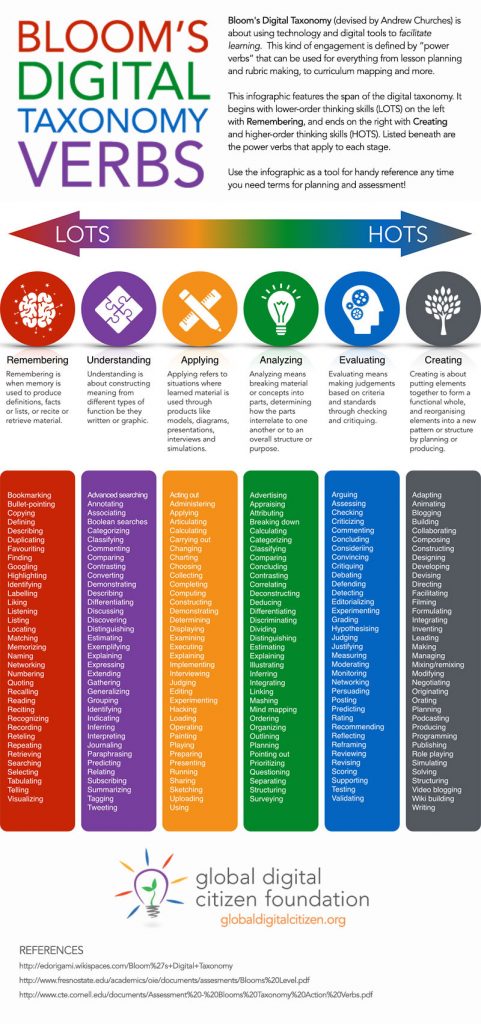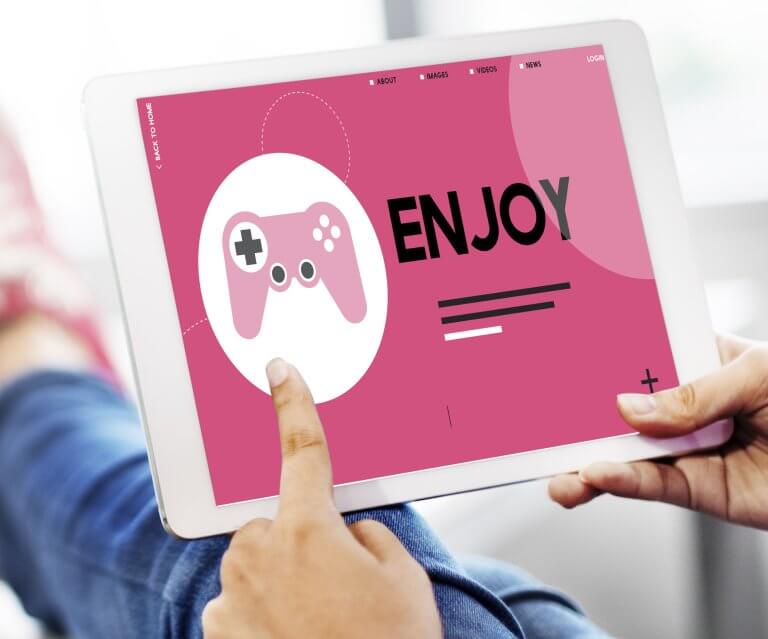Learning designers, teachers and those of us that grew up with a large dose of pedagogical inputs and learning theory have heard or come across Blooms Taxonomy at some point or other. In the world of gamification design however this is not common practise, a lot more people enter in from game design, user experience design and other backgrounds. When they then talk to learning specialists, some of these lovely models tend to baffle and stifle conversation.
Do you have to know Blooms in order to design good gamification solutions for learning? Not really, personally I think it always helps to be aware of existing terminology and frameworks. Even it is just a reference points. Like with all great frameworks and theories, they are only just that and in the end of the day the learner will decide if what you have designed for them works or not.
In gamification design, whether we like it or not, we will use some of this theory when we map out learner journeys or experience paths. In a gamification design for learning we also start with learning objective or intended learning outcomes. Then we break these down into behaviours, triggers and meaningful touch points. Often the purpose for learning related gamification is to encourage the learner to adopt a new skill or way of working. This is often broken down in the very terms used by Blooms. The image below shows and adaptation of the original model for a digital context with the distinction of low order thinking skills and big order thinking skills.
I have seen gamification designs which focused on just one aspect of this chart or a multitude of them. From the gamification designers’ perspective it is good to know the language of your buyer in case you are targeting the learning nerdy community. I know from my experience they do appreciate it, however don’t get stuck on how to incorporate every single step in each of your designs. Having a narrow focus may just be what you wanted to achieve. Knowing that it is narrow and only focuses on one item on this list may also convince your buyer you know what you are talking about.
I also find that the learner journey map in gamification design may not follow this process in a linear sense, but often hops around the different parts of this taxonomy with more focus on the active participation in applying and creating side. If you look at the most typical use and one I don’t really endorse with points, badges and leaderboards, you realise they are all often a measure of evaluating. They may include in some occasions measures of actions taken. The much more useful learning related game mechanics are quests which can be performed for nearly all of the verbs here, 1st person exploring, branching scenarios which hold choices, feedback and consequences.




